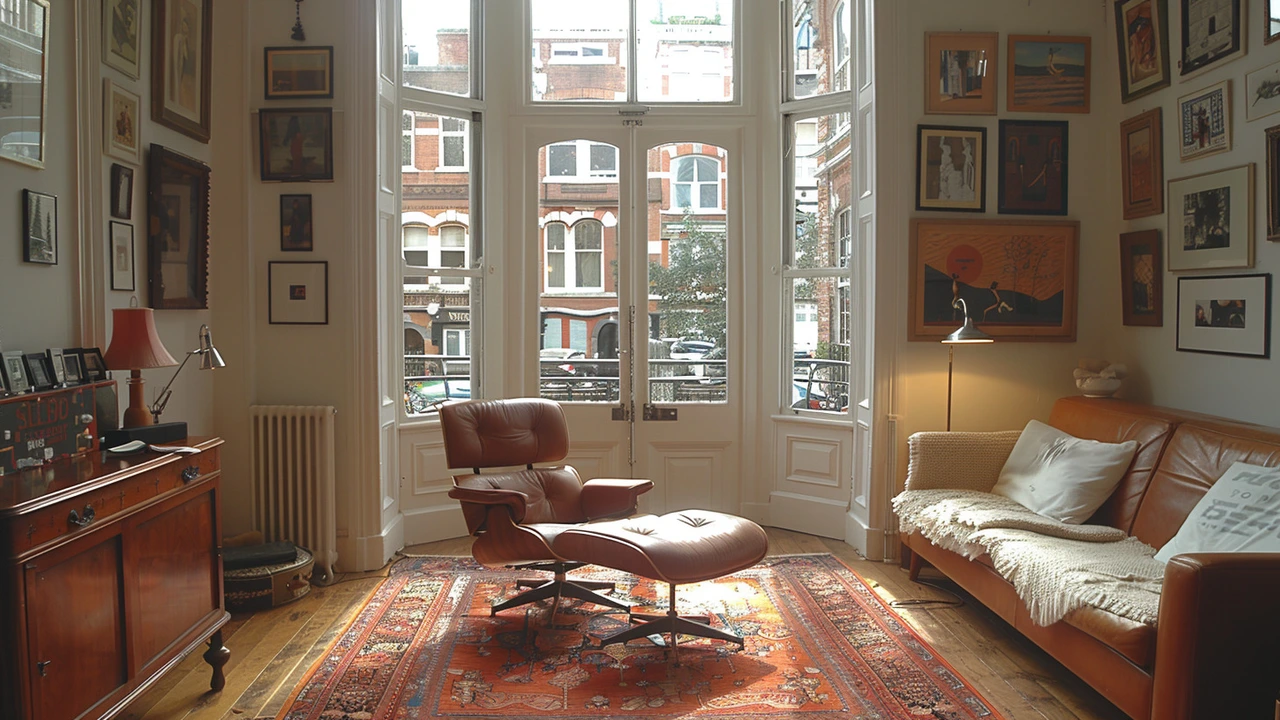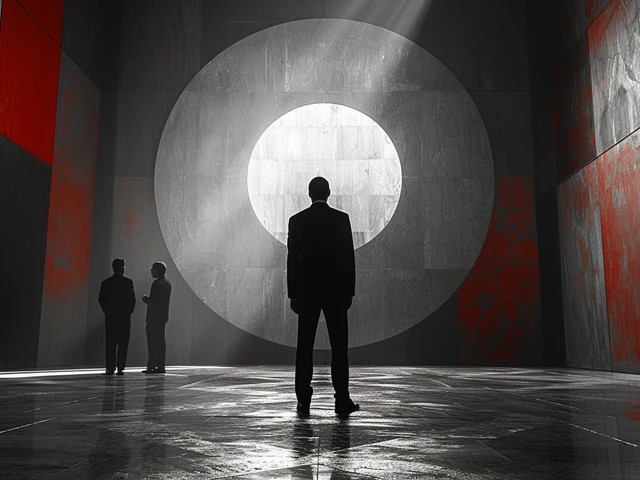Introduction to Bauhaus: A Revolutionary Movement
The Bauhaus movement, originating in Germany in 1919, redefined the boundaries between art, design, and craftsmanship. Founded by Walter Gropius, its vision was to bridge the gap between art and industry by combining crafts and fine arts. The core belief of Bauhaus was that good design should be accessible to the masses and that functionality should never be compromised for aesthetics. This philosophy revolutionized the way we perceive and interact with our living spaces, objects, and even typography, laying the foundation for modern design principles.
During its 14-year existence, the Bauhaus school nurtured a plethora of artists, architects, and designers who were way ahead of their times. It wasn't just about creating aesthetically pleasing objects; it was about a comprehensive design approach that included social and technological aspects. The impact of Bauhaus is so profound that its principles are still applied in various fields, from graphic design to architecture and beyond.
The Fundamental Principles of Bauhaus Design
Bauhaus design is built on a few, but powerful principles: form follows function, minimalism, and the unity of art and technology. These principles guided the creation of designs that were simple, functional, and devoid of unnecessary embellishments. The idea was to create objects that were both beautiful and practical, using industrial materials and processes. This approach was radical at the time, as it moved away from the traditional, ornate styles that dominated the early 20th century.
The emphasis on functionality did not mean that aesthetics were overlooked. On the contrary, Bauhaus designers believed that form and function could coexist harmoniously. They experimented with geometric shapes, bold colors, and new materials to create pieces that were visually appealing and served their purpose efficiently. This blend of aesthetics and functionality is what makes Bauhaus designs timeless.
Bauhaus Impact on Furniture and Interior Design
Bauhaus has left an indelible mark on furniture and interior design. Pieces created by Bauhaus designers, such as Marcel Breuer's Wassily Chair and Ludwig Mies van der Rohe's Barcelona Chair, have become iconic. They exemplify the Bauhaus ethos of functional simplicity and have influenced countless designers. The movement also championed the use of new materials like tubular steel and glass, which have become staples in modern furniture design.
The influence of Bauhaus extends beyond individual pieces to the layout and functionality of interior spaces. The movement advocated for open floor plans and flexible living spaces, concepts that are incredibly popular in today's architecture. Bauhaus-inspired interiors are characterized by clean lines, a lack of clutter, and a harmonious balance between form and function.
Incorporating Bauhaus Design in Today's Spaces
Incorporating Bauhaus design into contemporary spaces is easier than one might think. The key is to focus on simplicity, functionality, and the use of modern materials. Opt for furniture with clean lines and geometric shapes, and prioritize pieces that serve a specific purpose. Incorporating elements such as steel, glass, and concrete can also add a Bauhaus touch to your space.
Color plays an important role in Bauhaus design. While the movement is known for its functional approach, it also embraced bold colors to add visual interest. Incorporating primary colors - red, blue, and yellow - or their derivatives into your space can create a dynamic and modern aesthetic that remains true to Bauhaus principles.
The Influence of Bauhaus on Contemporary Design
The principles of Bauhaus have seeped into various aspects of contemporary design, influencing everything from architecture to consumer products. The movement's focus on functionality and simplicity is evident in modern minimalist design trends. Additionally, the integration of technology and design, a key Bauhaus principle, is more relevant today than ever, with the rise of smart homes and tech-integrated furniture.
Many contemporary designers, such as Dieter Rams and Jony Ive, have acknowledged the influence of Bauhaus on their work. Their designs, characterized by clean lines and functional beauty, pay homage to the Bauhaus ethos while pushing the boundaries of modern aesthetics.
Notable Bauhaus Designers and Their Creations
The Bauhaus movement boasted an impressive roster of artists, architects, and designers. Apart from Gropius, Breuer, and Mies van der Rohe, notable figures include Paul Klee, Wassily Kandinsky, and Josef Albers. Their contributions expanded beyond furniture and architecture to include graphic design, textile design, and even performance art.
Understanding the work and philosophy of these designers is crucial to appreciating the depth and breadth of the Bauhaus movement. Their innovative use of materials, exploration of geometric forms, and commitment to functionality have left a lasting legacy that continues to inspire designers around the globe.



